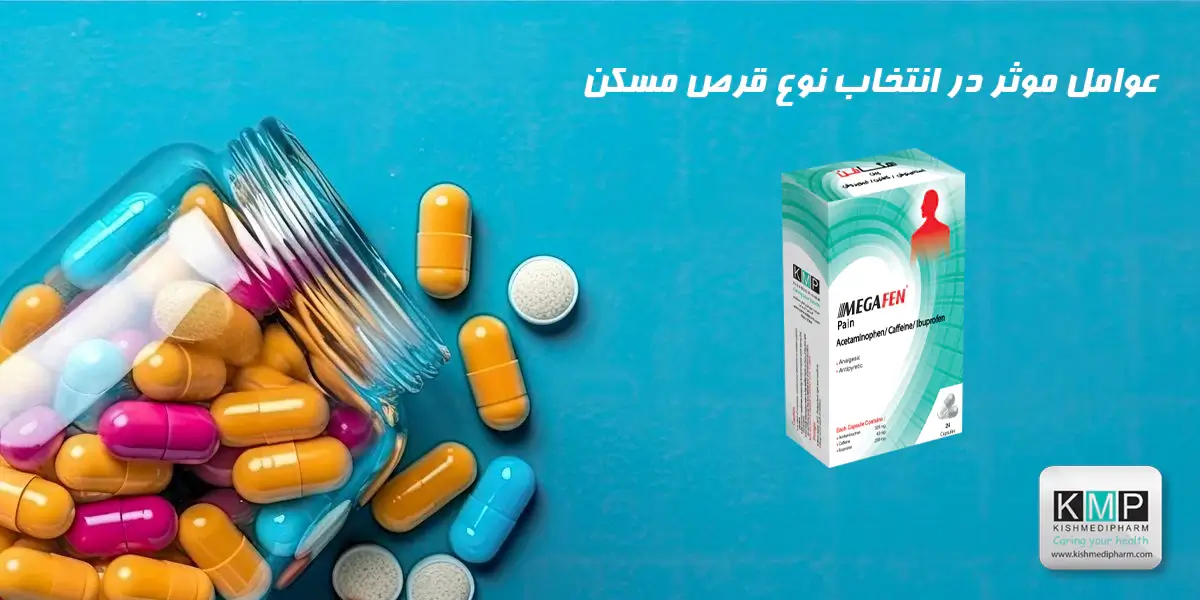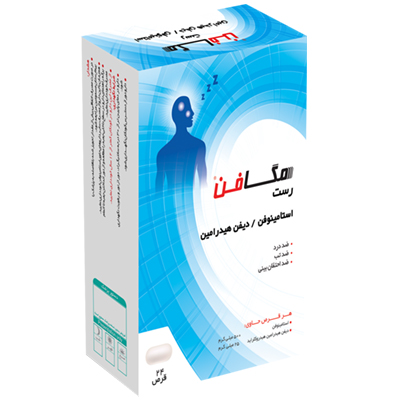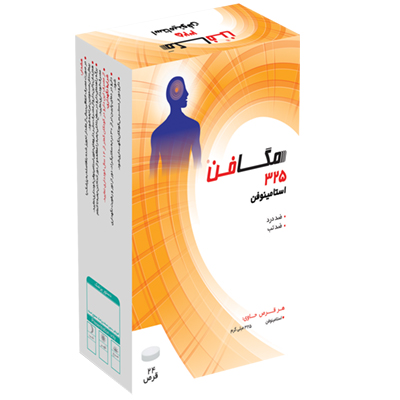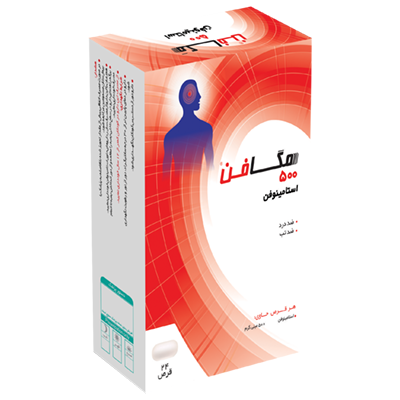You must have experienced a headache, toothache, or muscle pain that took your breath away and stopped you from doing anything. Choosing the best painkiller that suits your mood with minimal side effects and high effectiveness.
It is definitely one of the ways to treat it. Also, apart from medication, there may be other ways to relieve physical pain. In this article, we will discuss some tips about pain relief.
To better manage and control pain, you must first understand painkillers and then choose the type of medication that is specific to your pain.
Factors affecting the choice of painkiller type
To determine the best pain reliever, you need to consider various factors, some of which are obvious and others that you should inform your pharmacist or doctor about. Below, we have outlined some of the factors that affect the selection of the best type of pain reliever.
- Age
- Gender
- Medical history
- Type and severity of pain
- Physical and mental conditions
- Medications taken at the same time
- Allergies and side effects you have experienced in the past
What are the different categories of painkillers?
Since the pain experience is different for each person depending on their physical condition, age, severity and level of pain, it is very important to choose the best pain reliever that suits the situation. Among the types of pain relievers, we can mention over-the-counter medications, non-steroidal anti-inflammatories or steroids, muscle relaxants, topical pain relievers and supplements, some of which we will discuss below.

Opioids are the strongest type of painkiller.
Among the types of painkillers, opioids are the strongest and most effective, but they also carry the risk of dependence and addiction. Opioids are usually prescribed to relieve moderate to severe pain, including pain after surgery, accidents, or severe pain in cancer patients. This type of painkiller is recommended only if other treatments are not able to control the pain.
In addition to being addictive, they also cause more side effects if used for a long time. Therefore, opioids should be considered a temporary pain reliever, as diagnosed by a specialist.
Topical pain relievers are the best type of pain reliever.
This type of pain reliever is applied topically to the area of pain and is usually made from a derivative of a nonsteroidal anti-inflammatory drug, such as diclofenac. Capsaicin is also a pain reliever that is sometimes used topically to relieve pain. It is important to note that these products can enter the bloodstream, so be sure to use them in the proper sequence.
Indirect pain relief supplements, alternative solutions for pain relief
For some people, taking supplements can help with pain over time. For example, glucosamine can help with ongoing pain from osteoarthritis, and omega-3s can help with chronic pain in the shoulder and neck.
Supplements slow down the process of bone and joint breakdown by providing the body with the precursors it needs. Some supplements also contain naturally occurring compounds that have anti-inflammatory or muscle-relaxing properties. Caffeine, a type of supplement, can also be added to some painkillers to speed up their effectiveness.
Over-the-counter (OTC) medications are the most commonly used type of pain reliever.
You must have seen the OTC sign in pharmacies. This section also offers non-prescription painkillers. In fact, the meaning of this word is (over the counter), meaning that medications without a doctor's prescription can also be purchased in this section.
This does not mean that these medications are free of side effects or that all medications can be obtained without a prescription. It is best to consult a pharmacist before choosing a painkiller. Two common types of OTC medications are acetaminophen and nonsteroidal anti-inflammatory drugs.
A class of painkillers that reduce inflammation, swelling, and pain are called nonsteroidal anti-inflammatory drugs (NSAIDs), including ibuprofen, diclofenac, naproxen, and aspirin. Some of these drugs are also available over-the-counter in low doses. All classes of NSAIDs can increase the risk of stroke, heart attack, and heart problems.
The most common OTC pain relievers and their types
The best pain relievers, in terms of low side effects, effectiveness, availability, and affordability, are mostly these types of medications, which are produced to relieve mild to moderate pain.
There are probably several types of this type of painkiller in everyone's medicine cabinet, and everyone should at least know the common types. We will continue to review these items.
- Acetaminophen: If you have mild to moderate pain, this is the first pain reliever you can take. Acetaminophen is produced in doses of 125 mg, 325 mg and 500 mg, which you can use depending on the condition diagnosed by the pharmacist. Acetaminophen is also used in many medications as the basis of a pain reliever pill, for example, Megafen basket is produced based on acetaminophen and can be the best pain reliever for treating menstrual cramps, pain caused by colds and flu, migraines, headaches, toothaches and back pain.
- Aspirin: It is one of the best types of painkillers that, in addition to reducing fever, inflammation, and swelling, is also used to reduce the risk of blood clots. Due to the possible complications it can cause, it should not be used without a doctor's advice, especially in children and adolescents, as it can cause Reye's syndrome (inflammation of the liver and brain).
- Naproxen: This drug is considered one of the strongest pain relievers among anti-inflammatory drugs, which is an effective solution for treating arthritis pain, sunburn, and muscle cramps. It should be noted that this painkiller is not recommended for people over 65 years of age, as it can cause ulcers and bleeding.
- Ibuprofen: It is a suitable pain reliever for reducing inflammation, fever, and pain. It is a very suitable treatment for menstrual cramps and muscle pain, but it can have kidney side effects, so long-term use of this drug is not recommended. Ibuprofen can be taken in tablet and capsule form. Other side effects of this drug include gastrointestinal side effects, cardiovascular side effects, allergic side effects, and neurological side effects.
- Diclofenac: This pain reliever is suitable for osteoarthritis pain, arthritis pain, and joint problems. This drug is considered one of the least harmful pain relievers and is also used as a topical pain reliever. This product is also produced in the form of suppositories, topical gel, capsules, oral solution, and eye drops. This pain reliever is available in pharmacies under the brand name Diclofenac Kishmedipharm.
- Ketoprofen: Ketoprofen capsules are one of the best pain relievers, which are considered temporary treatments and are produced in slow and immediate release forms to treat rheumatoid arthritis pain, reduce pain and inflammation, menstrual cramps, and osteoarthritis. This drug reduces the level of prostaglandins, which cause inflammation.
- Oxycodone: One of the strongest types of painkillers is oxycodone, which is commonly prescribed for post-surgical pain relief. The drug is available in tablet, solution, and immediate-release oral capsule formats worldwide. Oxycodone is a temporary treatment and should be taken for 3 days or less. The most common side effects are constipation, itching, weakness, and nausea.
OTC medications are commonly used to relieve pain such as headaches, muscle cramps, back pain, toothaches, arthritis pain, and menstrual cramps. The most common types of OTC pain relievers are acetaminophen, aspirin, naproxen, diclofenac, and oxycodone, with the most complete range of pain relievers containing acetaminophen being Megaphens, including Megafen Pain Capsule They are.
Questions you should ask the pharmacist before choosing a type of painkiller?
- What dosage and at what times should it be taken? How long should it be taken?
- What is the maximum amount I can use per day?
- Which pain reliever is best for my pain right now?
- What are the side effects of this type of painkiller?

Choosing a form of pain relief
Another thing to consider when choosing a pain reliever is the form of the medication. There are differences between the different forms of the medication that will help you decide which one you prefer.
Absorption rate, ability to swallow, personal preference, general health, mechanism of action of the drug, and length of time needed to use the pain reliever are some of the things to consider. Below, we will discuss some points about these different dosage forms.
Capsule: The simple formulation of capsules works by opening in the stomach and entering the bloodstream at the beginning of the small intestine, the continuation of the absorption and metabolism process of this type of medicine is like a tablet. Types of capsules are soft gel and hard capsules, some of which are made of gelatin, and gelatins are made from pork, fish or beef. The advantages and disadvantages of capsules include:
- Since capsules are stronger than tablets, it is not possible to change the dosage.
- It is absorbed at a faster rate than tablets.
- They have less smell and taste than tablets.
- They are usually more expensive than pills.
Tablet: One of the most common forms of medication is the pill, with many types of painkillers produced in pill format. The following are some of the advantages and disadvantages of pills:
- The high dosage of a tablet allows for a larger dose than a capsule of the same size.
- The tablets are divisible, allowing for adjustable dosage.
- Some pills don't taste good and are therefore not preferred by many people.
- They have more side effects on the stomach.
- Suppositories: This type of medication, which can also be a pain reliever, is inserted into the rectum and melts at body temperature. This type can be the best pain reliever for people who are unable to swallow or who find the taste of pills unpleasant.
Acetaminophen and diclofenac, which are good pain relievers and fever reducers, are the choice of many people. This type of form works faster than other forms of medication because it opens in the body and is quickly absorbed into the bloodstream. We have listed other advantages and disadvantages of suppositories below:
- Fast absorption
- Easy to use
- It has no digestive side effects.
- Suitable for children and adults who are unable to swallow.
- They may cause itching, irritation, or inflammation.
- One of the most important disadvantages of suppositories is that the range of blood absorption is not repeatable. In simpler terms, if a drug is suppositoryed every 8 hours, the entire amount of the drug may be absorbed from the rectal vessels into the blood at one time, and at another time, a small portion of the drug may enter the blood.
4 Pain Relievers That Are Not Addictive
Given that some medications have addictive and addictive properties, it is preferable to use temporary treatments or to use medications that do not cause dependence. Among the types of painkillers, there are some that do not cause dependence and are not addictive, for example, the following can be mentioned.
- Acetaminophen
- Nonsteroidal anti-inflammatory drugs
- Corticosteroids
- Local anesthetics
4 Natural Pain Relievers
It's not just medication that can relieve pain, some things found in nature also have healing properties and may relieve your pain. In addition to being inexpensive, they don't cause drug interactions, and they usually don't have any side effects.
- Frankincense It is used as a pain reliever for arthritis pain, asthma symptoms, colitis, and to reduce inflammation. Frankincense may cause skin irritation if applied topically.
- Turmeric With its antioxidant properties, it can be considered a type of pain reliever to reduce indigestion, upset stomach, psoriasis, and ulcers. Turmeric can cause nausea, yellow stools, headaches, diarrhea, and rashes.
- CloveIn addition to being used naturally, cloves are also used in some types of OTC pain relievers. Clove oil is used topically to reduce pain. Cloves are also produced in capsule and tablet forms and are found all over the world. They can relieve the following: colds, fungal infections, indigestion, headaches, arthritis, diarrhea and toothaches. If you take cloves as a supplement, side effects such as liver problems, allergies and skin sensitivity may occur.
- Hot and cold pad It is one of the most common and readily available types of pain relief, but some people seem to be confused about when to use an ice pack and when to use a heat pack. Ice packs are used to relieve inflammation, swelling, back pain, bleeding, headaches, muscle strains, tendon and ligament strains. Hot water bottles are used to treat stiff joints, muscle cramps and arthritis. Applying heat or local heat via a patch or abdominal patch is as effective as 40 mg of ibuprofen three times a day.
When using an ice pack or hot water, be careful not to get frostbite, burns, or blisters, and avoid using it for long periods of time.
In some cases, even using home remedies or using natural herbs such as frankincense, cloves, turmeric, and using hot and cold water bags can be considered the best pain reliever.
Conclusion
Since the choice of pain reliever can depend on various factors, including age, pain severity, mental and physical health, medications we are taking, etc., the best pain reliever is chosen based on these conditions. Also, some people do not have the ability to use various forms of medication, so they can use another form.
In addition to medication, sometimes natural treatments can also meet human needs. Remember, even the best pain reliever can cause irreversible side effects, including kidney, digestive, and heart problems, if used without a doctor's advice or for a long time.





